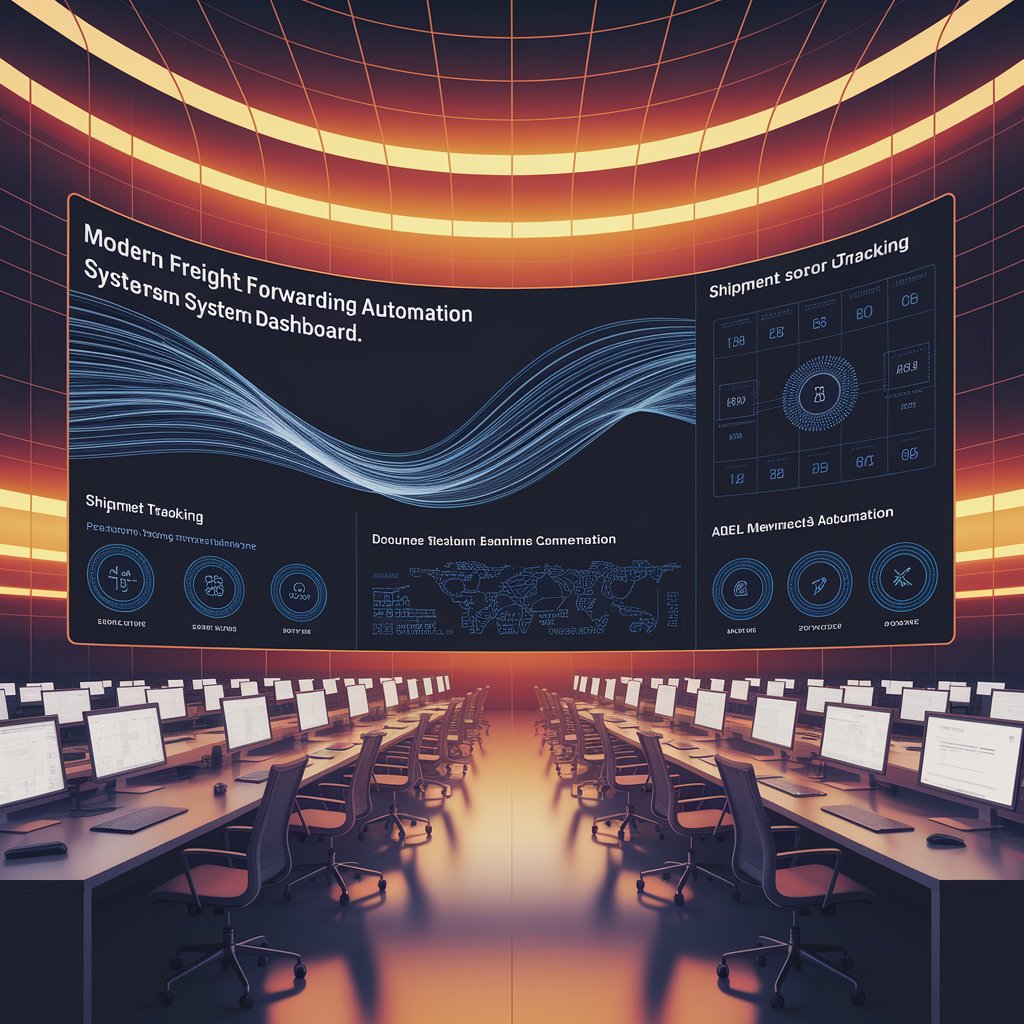Forwarding Automation Tools: Streamlining Freight Forwarder Operations

Introduction
Forwarding automation tools are transforming this process. By connecting freight management systems with carriers, customs authorities, and customers through APIs and AI workflows, these tools can automatically handle repetitive tasks, reduce operational costs, and enhance service quality. For freight forwarders competing in a fast-paced logistics market, automation is no longer a competitive advantage — it’s a necessity.
What Are Forwarding Automation Tools?
Forwarding automation tools are software solutions designed to automate core freight forwarding operations. They can:
- Automatically generate and send shipping documents
- Trigger real-time shipment updates to clients
- Fetch carrier rates and availability instantly
- Automate customs declarations and compliance checks
- Schedule follow-up communications without human intervention
By integrating directly with Transportation Management Systems (TMS), Warehouse Management Systems (WMS), and carrier platforms, these tools ensure seamless operations from booking to delivery.

Key Benefits for Freight Forwarders
Benefit | Why It Matters |
Time Savings | Reduce manual work and speed up workflows |
Error Reduction | Minimize costly mistakes in documentation |
Cost Efficiency | Lower administrative expenses |
Improved Tracking | Provide clients with accurate, timely updates |
Scalability | Handle higher shipment volumes without extra staff |
How Forwarding Automation Works
Here’s a typical process flow using forwarding automation tools:
- Shipment Booking: Customer request triggers automated carrier search.
- Rate Comparison: System fetches and compares live rates.
- Booking Confirmation: Automatically reserves space and generates documentation.
- Tracking Updates: AI sends milestone notifications to customers.
- Billing & Reporting: Invoices and reports are generated automatically.
This streamlined process eliminates the need for repeated manual data entry and constant follow-ups.

Advanced Use Cases
Forwarding automation tools go beyond basic tasks, enabling:
- Predictive ETA Adjustments based on real-time conditions
- Automated KPI Reports for performance tracking
- Integrated Payment Processing for faster transactions
- Multi-language Client Portals for global operations
- Dynamic Load Planning for optimized cargo space utilization
Why Automation Is the Future of Freight Forwarding
As global trade accelerates and customer expectations rise, freight forwarders must process more shipments in less time. Manual processes cannot keep pace without compromising quality or cost. Forwarding automation tools provide the digital infrastructure to scale efficiently while delivering a better client experience.

Conclusion
Forwarding automation tools enable freight forwarders to save time, reduce errors, and operate at scale. By leveraging automation for booking, documentation, and tracking, forwarders can focus on strategic growth while ensuring clients receive faster, more transparent service. In a competitive market, automation is the key to staying ahead.
